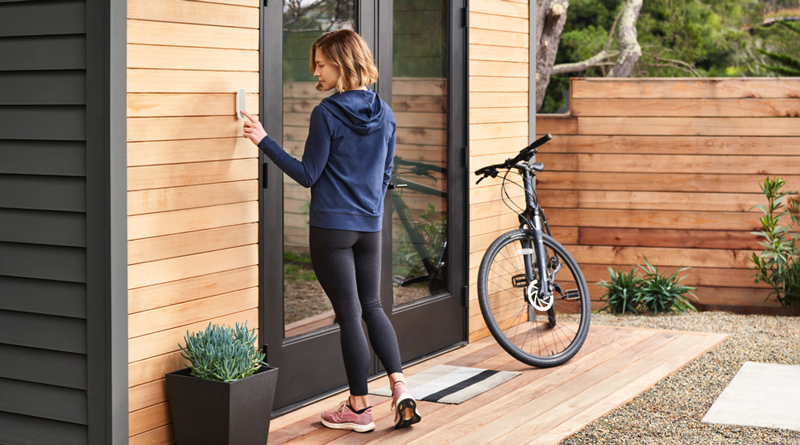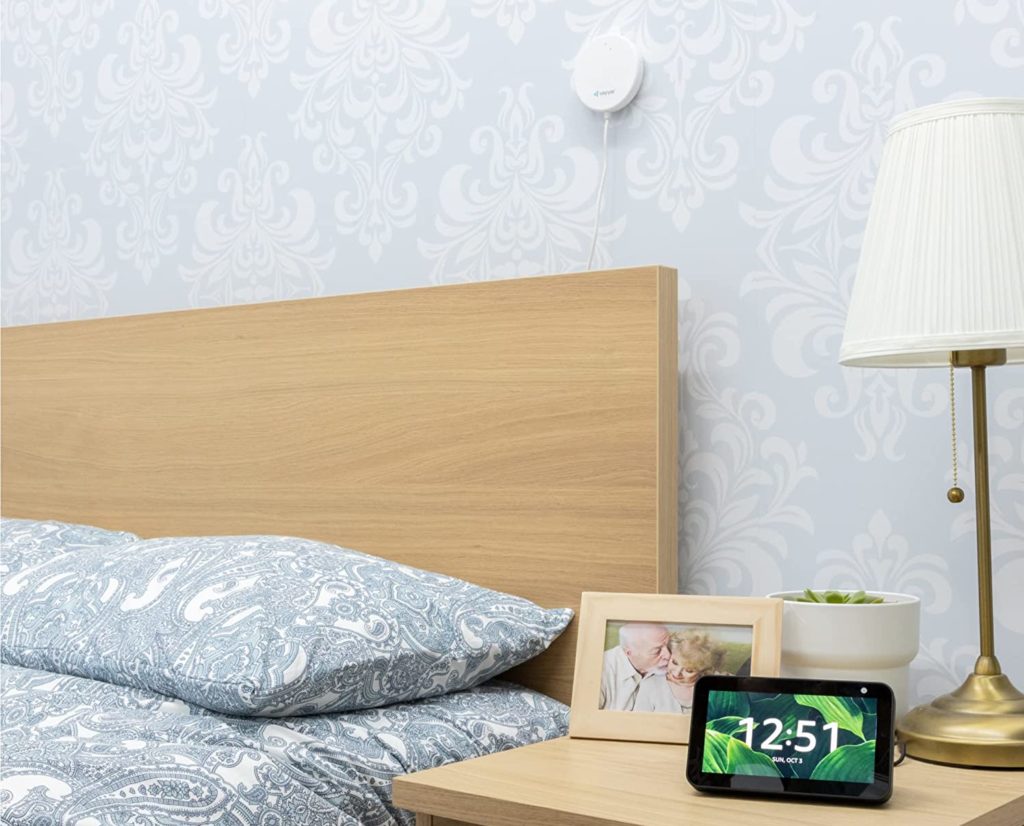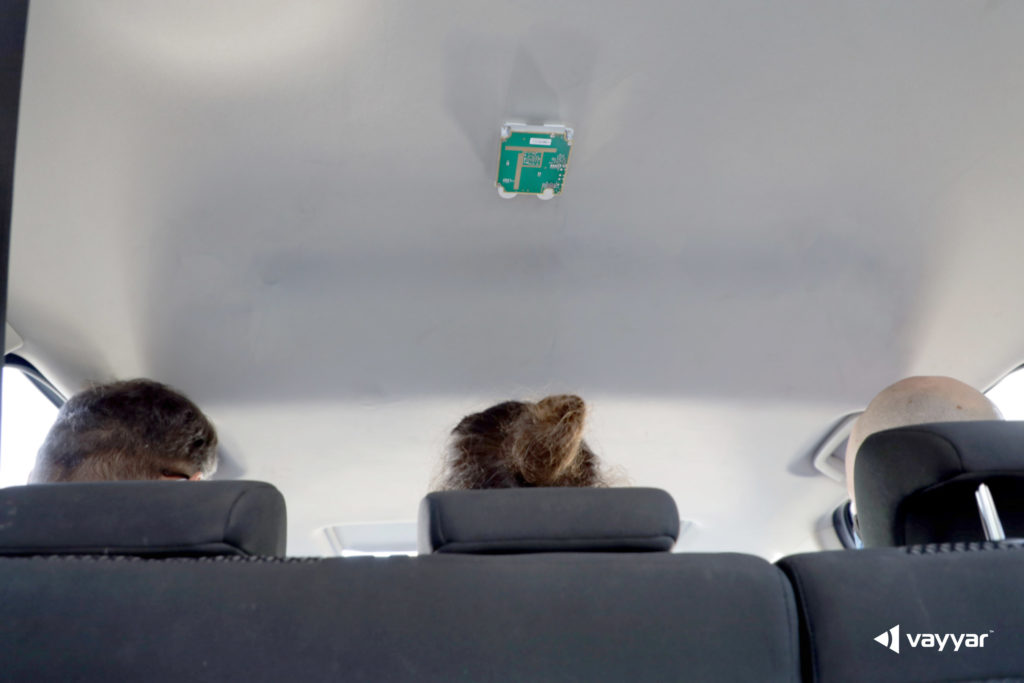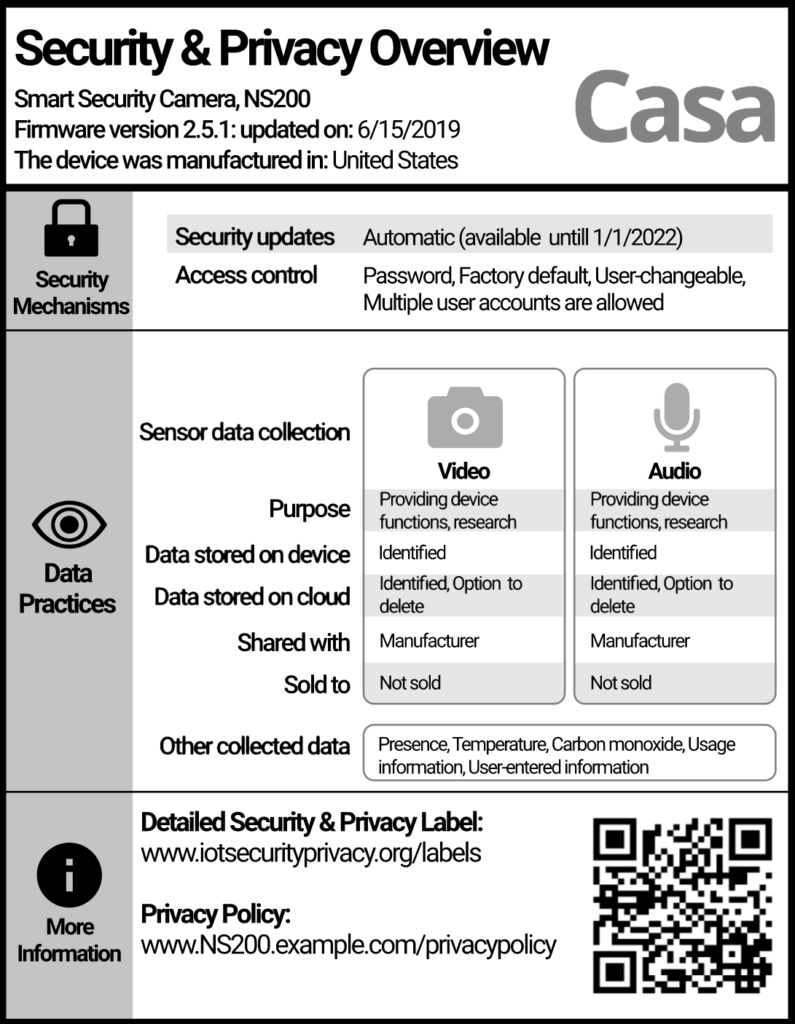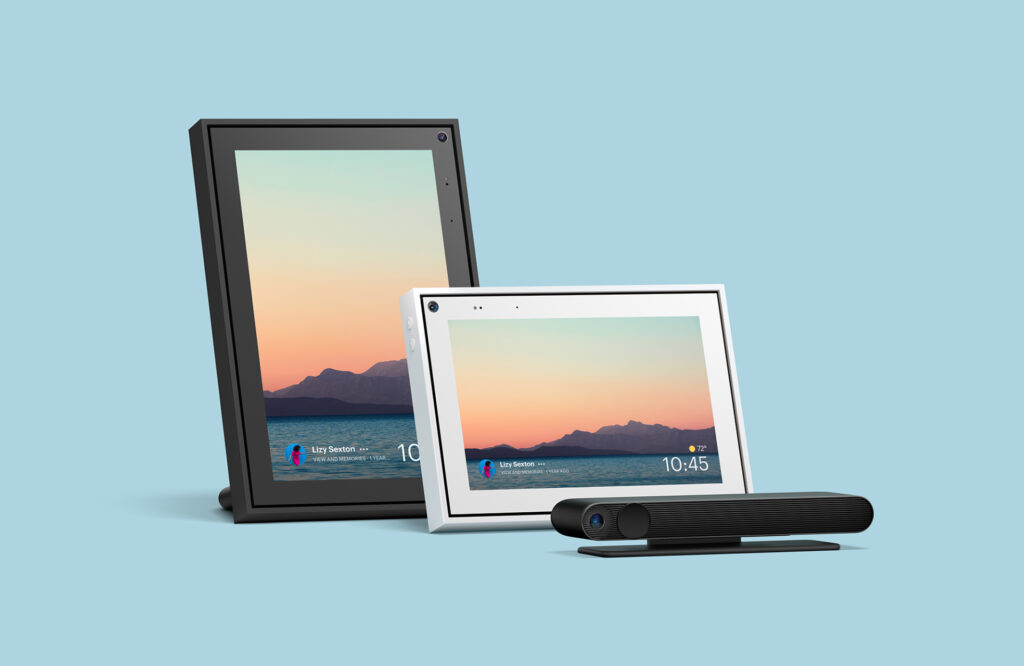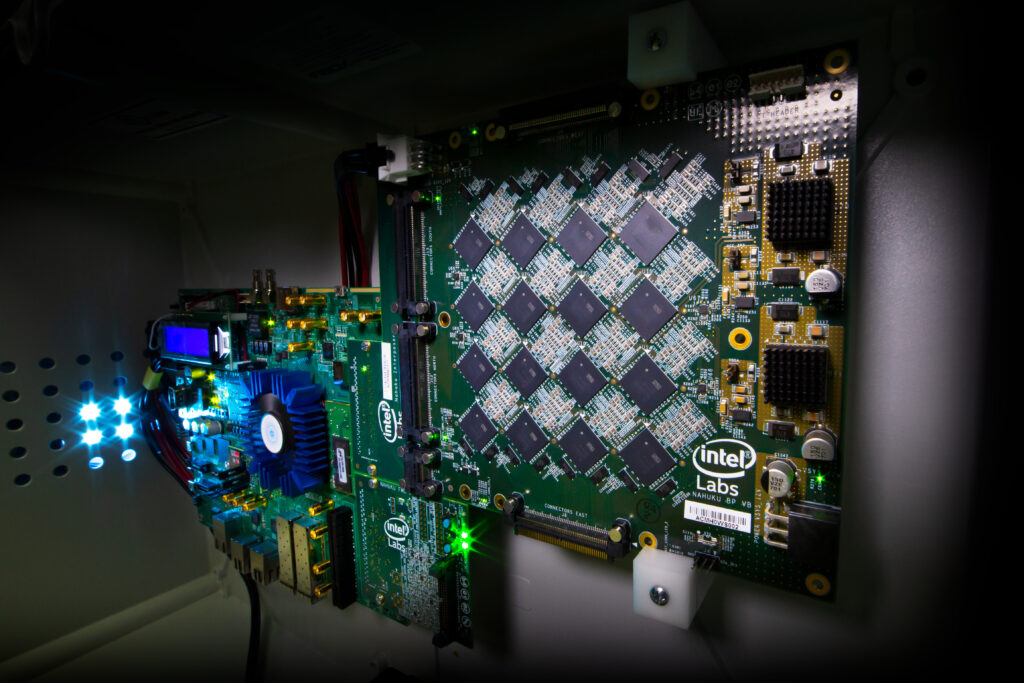Did y’all know that almost a quarter of people who buy a smart home device, hire a professional to install it? That’s just one of the facts I learned at the Parks Associates event happening this week in Dallas. We talk about that before focusing on Google’s plans for Matter and SmartThings new Matter testing program. After that we talk about Ecobee’s new thermostats and a HomeKit sensor that uses millimeter wave sensing. In enterprise news, we mention a new real-time asset tracking network service from MachineQ, sub-$2 battery-powered Bluetooth tags from Wiliot, and LoRaWAN getting IPv6 functionality. We close with a review of Eve’s new outdoor camera, and a reminder to stay safe if you’re going to handle smart home installs yourself. In our hotline segment, we answer a listener’s question about moving from Alexa to HomeKit, and finding a garage door opener that works.
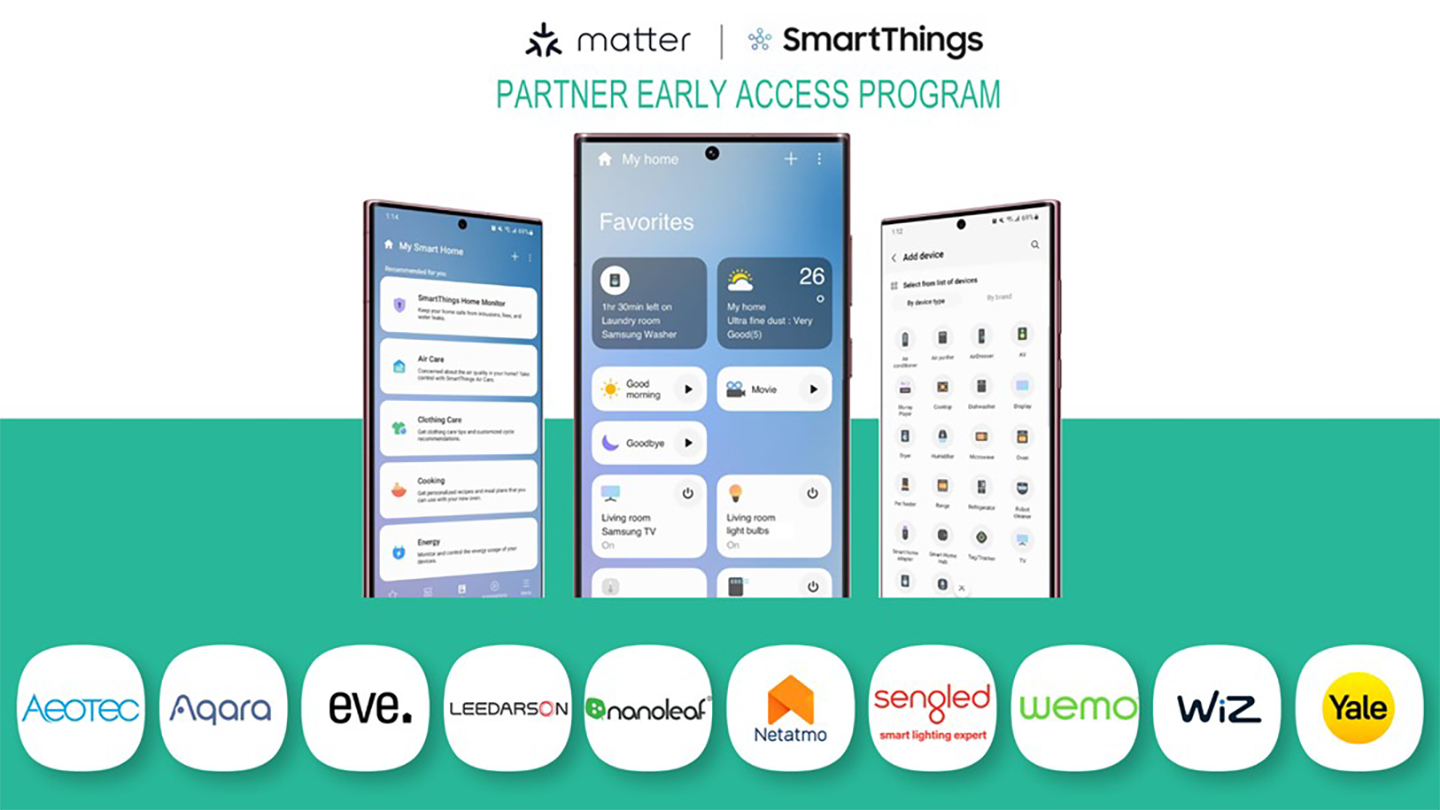
Our guest this week is Stuart Lombard, the CEO of Ecobee and president of Generac connected devices. In our interview we dig into the new thermostats’ industrial design and why Ecobee replaced its PIR sensor with radar. Lombard also explains why services are essential for smart home providers and what Matter may do for the creation of new home services. We end with a discussion of Generac’s acquisition and why the combination of Ecobee and an energy storage and resiliency company makes sense. He didn’t share any specific products but he also gave us a hint about what to expect from the two companies going forward. Enjoy the show.
Hosts: Stacey Higginbotham and Kevin Tofel
Guest: Stuart Lombard, the CEO of Ecobee and president of Generac connected devices
Sponsors: LoRaWAN World Expo and InfluxData
- Google’s preparations for Matter includes two new SDKs
- Cheap Bluetooth tags are about to be everywhere
- Eve’s outdoor camera for HomeKit a good choice
- Why radar is better for people sensing
- How smart homes will lead to energy resiliency
Podcast: Play in new window | Download | Embed
Subscribe: RSS


